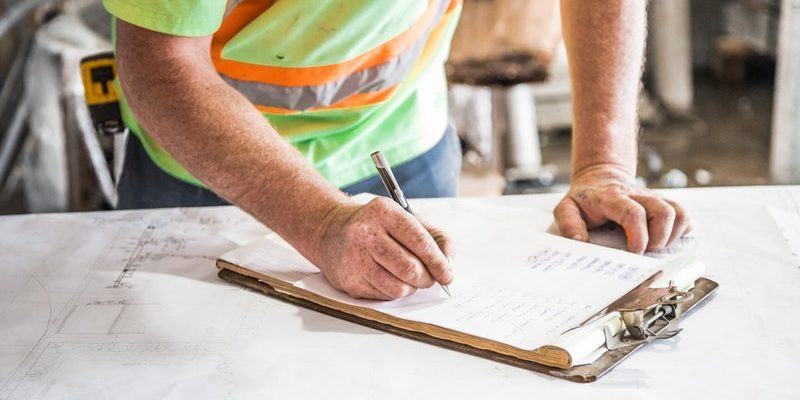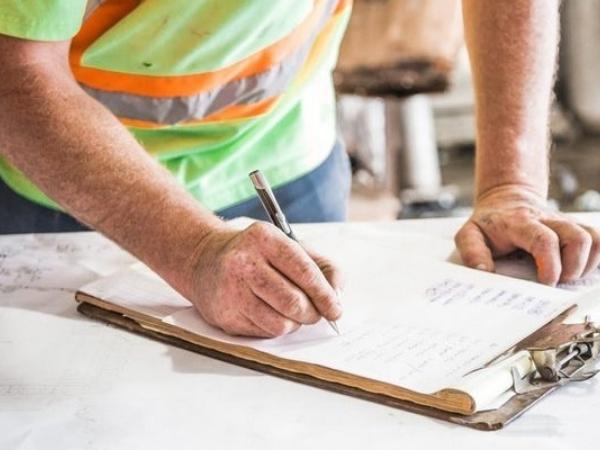
The construction industry is changing, with a myriad of digital technologies making their way into the space. For example, virtual reality is now being used to help users visualize spaces before they are built. Artificial intelligence is being used to survey sites and collect information. And collaboration apps are being deployed to improve team management.
According to research from McKinsey Global Institute, investment in construction technology has doubled in the last decade—and there are many opportunities for further growth and development.
Surprisingly, McKinsey found that construction productivity has declined in some markets since the 1990s. And financial returns for contractors remain relatively low today, demonstrating the urgent need for digital solutions that can streamline operations and drive profits.
“The construction industry is ripe for disruption,” explains McKinsey, highlighting the fact that projects today still take much longer than they should to complete. “Large projects across asset classes typically take 20 percent longer to finish than scheduled and are up to 80 percent over budget.”
Now, faced with rising customer expectations and digital competitors, construction companies are increasingly looking towards automation. This is especially important when considering the skilled worker shortage that’s prevalent throughout the industry. Companies are exploring tools like mobile apps to maintain efficiency with fewer workers.
In order for digital transformation to advance in construction, though, and for companies to gain the types of productivity and financial returns that they’re seeking, executives and IT administrators must recognize the need for remote connectivity. This is the foundation for any digital company. Without connectivity, digitalization is impossible.
Unfortunately, connecting remote construction sites can be very difficult and expensive—especially to temporary construction sites, or in places with limited connectivity options.
In addition, the volatile nature of construction often leads to unexpected outages and service delays. Lines can be accidentally cut or removed when digging, for instance, severing connectivity and impacting communications.
Software defined wide area networking (SD-WAN) can be used set up secure, reliable, and flexible virtual networks across any remote location, regardless of its location.
Turnium offers a white label SD-WAN product that can help service providers cash in on this lucrative opportunity in the construction industry. Contact us today to learn more.
